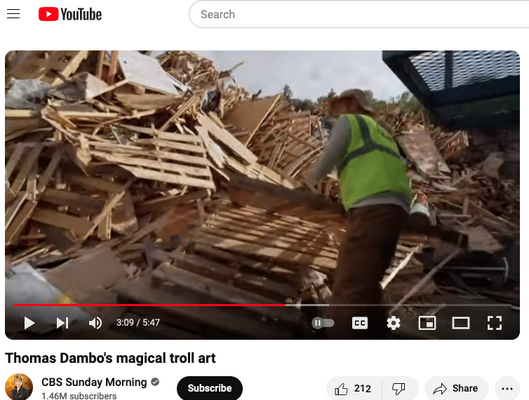- Thread starter
- #2,381
I was watching some Gardner Scott videos on tomato trellis options this evening and came upon this new video he just posted on making a small raised bed out of pallet wood. If you are looking for an easy way to build raised beds, this may be of interest to you...


 I watched that video, and a bunch of others, from Gardner Scott on making a tomato trellis for indeterminant tomato plants. He presented two methods of tying the tomatoes off to a twine. The first method was to wrap the vertical twine around the stem every so often as the plant grows. The second method he showed was using tomato clips, which clip on the twine, but you keep the twine straight and don't wrap it around the stem.
I watched that video, and a bunch of others, from Gardner Scott on making a tomato trellis for indeterminant tomato plants. He presented two methods of tying the tomatoes off to a twine. The first method was to wrap the vertical twine around the stem every so often as the plant grows. The second method he showed was using tomato clips, which clip on the twine, but you keep the twine straight and don't wrap it around the stem.

 I think I will be moving on to a different build. In my backyard, I have the 4X4 raised garden beds spread out about 5 feet from each other. The idea was that I could run my 48 inch deck riding mower between the garden beds to mow the grass. And, that works out OK. But I still have to come back later with a grass trimmer to cut down the grass that grows up alongside the wood beds.
I think I will be moving on to a different build. In my backyard, I have the 4X4 raised garden beds spread out about 5 feet from each other. The idea was that I could run my 48 inch deck riding mower between the garden beds to mow the grass. And, that works out OK. But I still have to come back later with a grass trimmer to cut down the grass that grows up alongside the wood beds.
